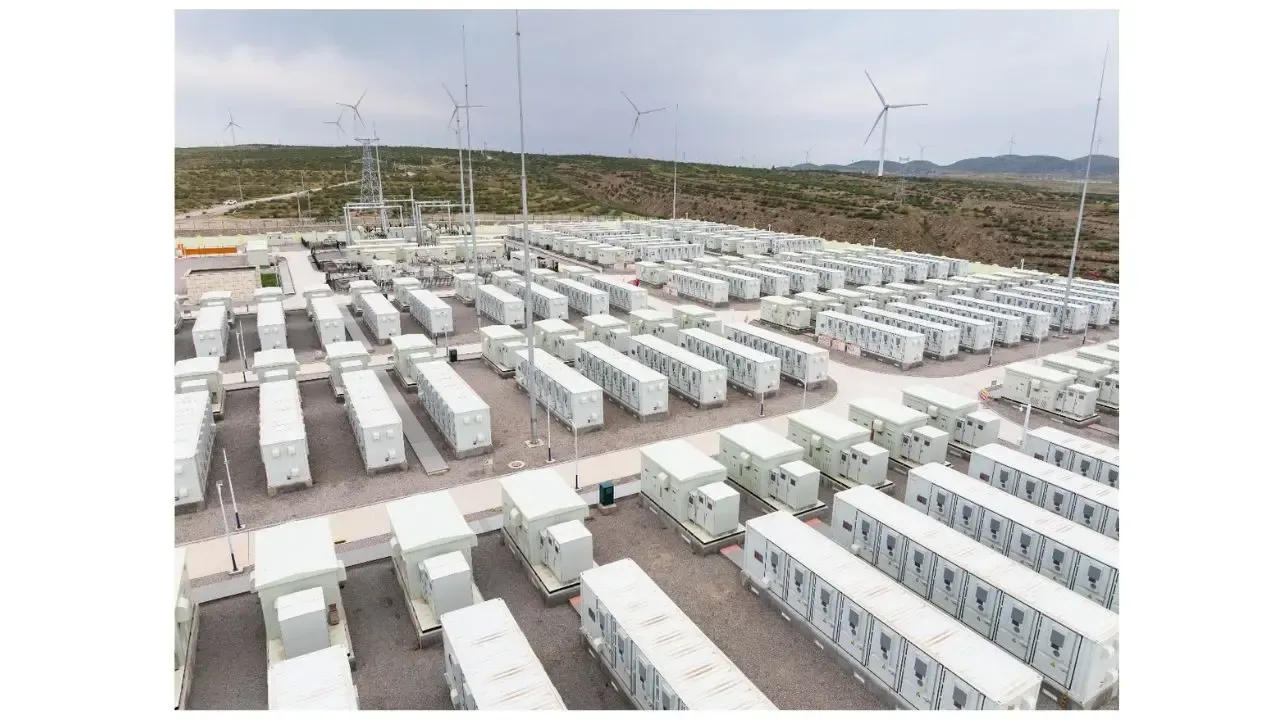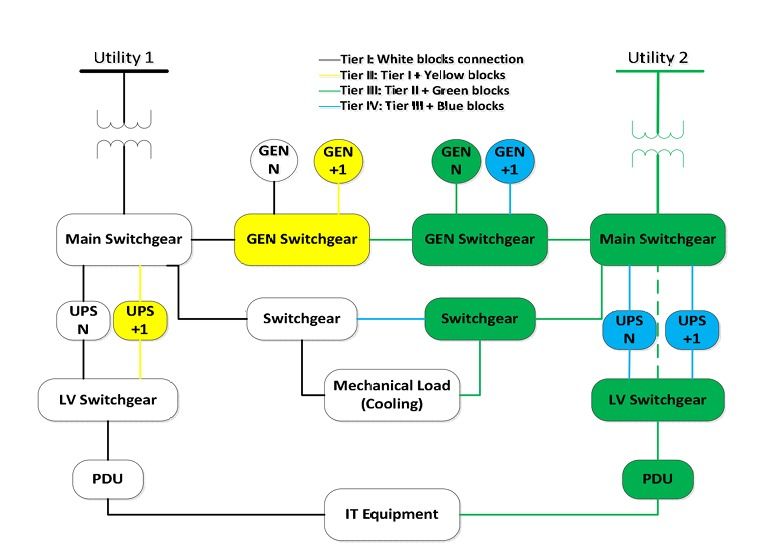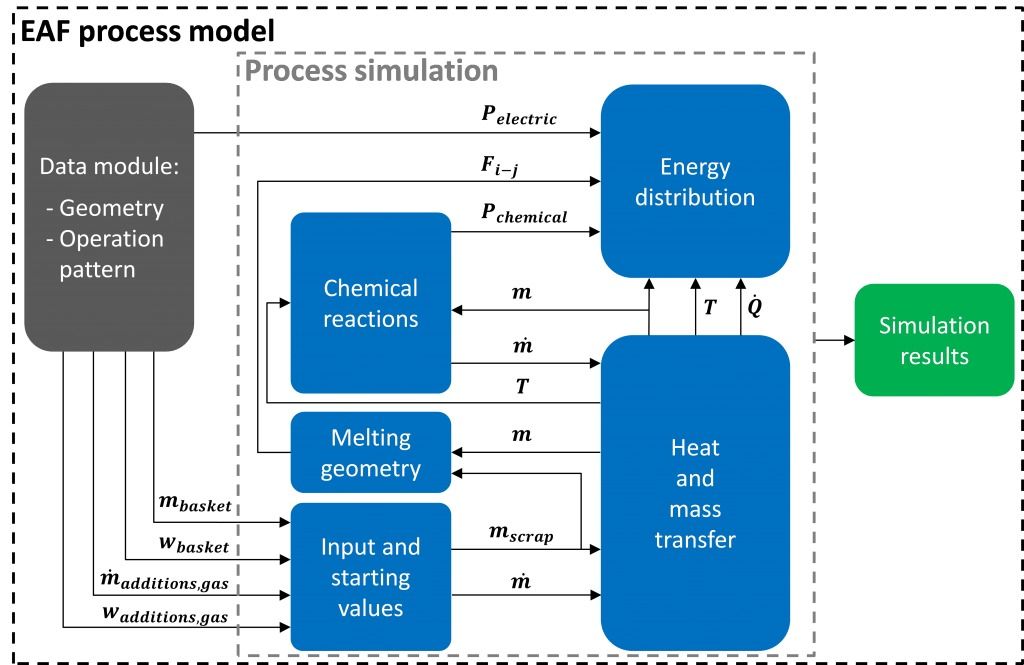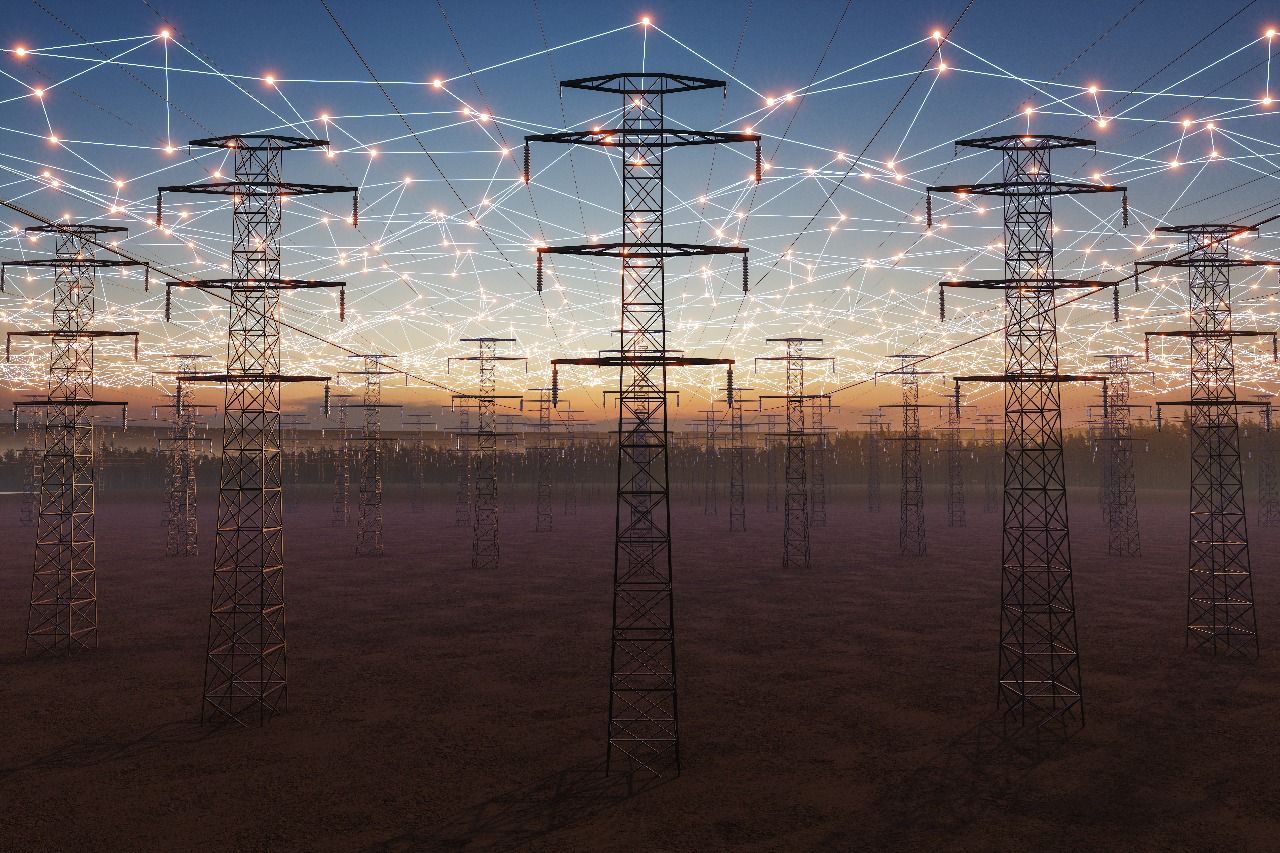A Coordinated Electric System Interconnection Review—the utility’s deep-dive on technical and cost impacts of your project.
White Paper: Implementing 2023 NEC Part 2 Code Changes
May 9, 2025 | Blog
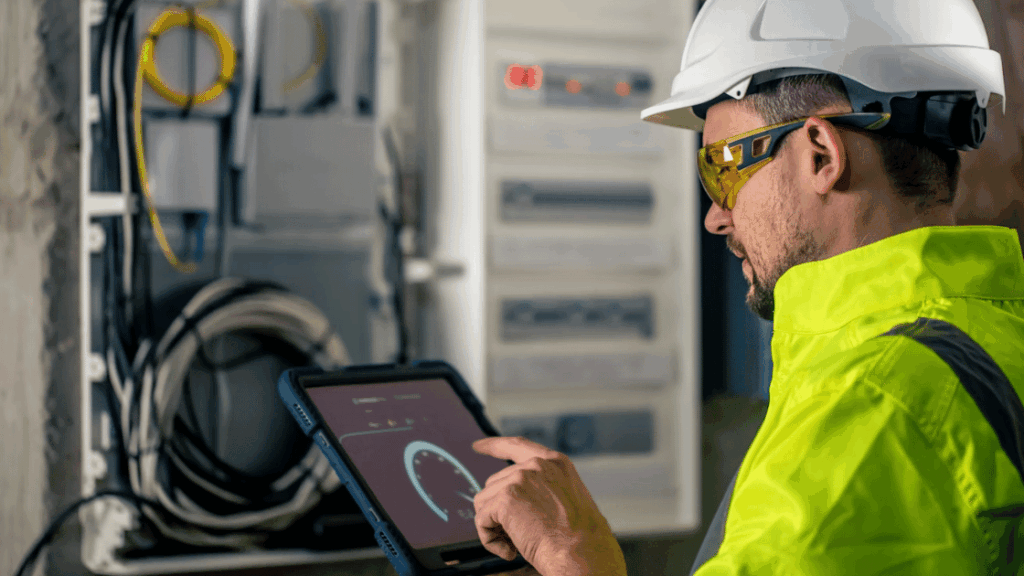
Executive Summary
The 2023 NEC introduced transformative updates in Part 2, focusing primarily on wiring methods (Chapter 3) and equipment for general use (Chapter 4). These revisions affect medium voltage systems, conductor protections, enclosure standards, receptacle and luminaire safety, and newer technologies like flexible bus systems and germicidal lighting. Keentel Engineering’s proactive adoption ensures safety, code compliance, and competitiveness.
Introduction
The National Electrical Code (NEC) is revised every three years to reflect innovations and address safety. The 2023 NEC (Part 2) builds upon prior revisions and introduces articles that reflect real-world installation trends, field feedback, and technological advances.
Key Revisions in Chapter 3 – Wiring Methods
Medium Voltage Clarity
- New Article 305 consolidates requirements for systems over 1000V AC / 1500V DC.
- Articles like 300.2(A) and 300.25 increase clarity for these systems.
Raceway and Cable Revisions
- EMT now explicitly permitted underground (300.5 Table).
- “Type” removed from titles of conduit articles (342–362) for consistency.
- Fittings must be installed before conductor pull (300.4(G)).
Physical Protection Enhancements
- Roof deck conduit spacing exceptions clarified (300.4(E)).
- Screw/fastener intrusion into wiring spaces strictly limited (312.10, 314.5).
- Box dimension and fill updates, especially for terminal blocks (314.16(B)(6)).
Terminology Adjustments
- “Joists” changed to “framing members” (320.23(A)) for broader interpretation.
- Class 2 and 3 cables can now be supported by the same raceways (300.11(C)).
Key Revisions in Chapter 4 – Equipment for General Use
Switches and Receptacles
- Push-in terminals restricted to 14 AWG solid copper only (404.14(D), 406.3(D)).
- Snap switches and receptacles cannot be reconditioned (404.16, 406.2).
Tamper Resistance Expansion
- Required in broader occupancy types: clinics, nursing homes, preschools (406.12).
Disconnects and Emergency Stops
- Clear rules for emergency stop location and markings (445.18–445.19).
- Disconnects must now be evaluated for access and fault current ratings.
Germicidal Lighting and New Technologies
- Article 410 Part XVII added to address germicidal luminaires (UV-C lighting).
- Article 369: Insulated Bus Pipe systems; Article 371: Flexible Bus Systems.
Environmental Adaptability
- New spacing and installation rules for luminaires under all types of roofing.
- Mini-splits prohibited near showers/tubs (440.8).
Engineering Impacts & Recommendations
Design Adjustments
- Review existing panelboard specs to ensure new fastener and box fill compliance.
- Use EMT underground where UL guide permits—update specs accordingly.
Inspection Protocols
- Reconditioned parts like resistors, receptacles, switches, and lighting drivers must be flagged for replacement.
Training & Documentation
- Update field training materials to incorporate push-in terminal use and panelboard orientation standards.
- Distribute visual guides for new spacing rules under roof decking and for bath spaces.
Compliance Strategy for Keentel
- Internal Code Update Audits – Every department must cross-reference designs with NEC 2023 updates.
- Installation Checklists – Include fastener length, conductor splicing, and terminal compatibility.
- Vendor Review – Confirm suppliers meet updated listing requirements (e.g., SPGFCI-rated devices).
- Training Rollout – Field and inspection staff must be re-certified on relevant articles.
Conclusion
The 2023 NEC Part 2 updates significantly enhance safety, clarify long-standing ambiguities, and integrate newer technologies. Keentel Engineering’s early adoption and strategic training will ensure continued compliance, client satisfaction, and safe engineering practices.
For detailed design support on equipment layouts and enclosures, see our Electrical Substation Design Services page.
Frequently Asked Questions
Can EMT be buried underground now?
Yes, if installed per Article 358 and UL listing, EMT can be buried (300.5 Table).
Are spliced conductors allowed in boxes?
Yes, splicing is explicitly permitted to achieve the 6-inch free conductor length (300.14).
Is 14 AWG stranded allowed in push-in terminals?
No, only 14 AWG solid copper is permitted unless otherwise listed (404.14(D), 406.3(D)).
Can you reuse a reconditioned receptacle or switch?
No. Reconditioning is prohibited for most control devices (404.16, 406.2).
What is the maximum size for IMC now?
Trade size 6 (155 metric designator) (342.20(B)).
Are 5” and 6” EMT allowed?
Yes, per 358.20(B), they’re now accepted.
How should screw length in panelboards be managed?
Screws must not intrude into wiring space more than ¼” unless exceptions apply (312.10, 314.5).
Can Class 3 cables now be supported by raceways?
Yes, alongside Class 2 cables (300.11(C)).
Is tamper-resistant receptacle use expanded?
Yes, to include gyms, clinics, nursing homes, and more (406.12).
Where can flexible bus systems be used?
In tight or custom field installations, as per Article 371.
Can I run cables in wall cavities?
Yes, but strict AFCI/GFCI and grounding rules apply from 2026 (424.48).
How close can luminaires be to a roof?
Minimum of 1.5 inches below decking, unless embedded in 2” of concrete (410.10(F)).
Is HDPE conduit still allowed as a protection method?
No, it has been removed from physical protection roles in 398.15(C).
Can a mini-split HVAC unit be installed in a shower area?
No, new rules ban this practice (440.8).
What’s the new rule for roof deck conduit spacing?
Exceptions now recognize 2″ concrete as sufficient protection (300.4(E)).
Can listed luminaires be reconditioned?
No. Lamps, ballasts, LED drivers, and luminaires are non-reconditionable (410.2).
Do all generator disconnects need to be externally accessible?
No, if installed inside a labeled, lockable enclosure (445.18).
Are “types” still used in raceway article titles?
No, the term was removed for clarity (342–362).
What are IBP and TCC systems?
Insulated Bus Pipe/Tubular Covered Conductors for utility or industrial use (369).
Are screwless terminals on receptacles reliable?
Yes, if installed with 14 AWG solid copper and listed for the use (406.3(D)).
How do terminal block fills affect box sizing?
A single volume allowance is now counted based on largest conductor (314.16(B)(6)).
Are expansion fittings needed for PVC conduit?
Yes, where conduit exits ground due to earth movement (352.44(B)).
Can fasteners like drywall screws be used in panels?
No, only machine-type screws with blunt ends are allowed (312.10, 314.5).
Can a zip tie be used to secure a disconnect?
Yes, if it requires a tool to remove, it meets NEC locking standards (440.11).
Are transformers required to be listed when interconnected?
Yes, unless provisions allow them to operate as a single unit (450.2).
Case Studies: NEC 2023 Compliance in Practice
Case Study 1: Roof Deck Installation at Mixed-Use Facility
Challenge: Conduit systems under a metal roof were being damaged during membrane attachment.
Application: Keentel Engineering utilized the new 300.4(E) exception to embed conduit in 2” of concrete slab, bypassing 1.5” clearance rules.
Result: Achieved NEC compliance while avoiding rework and delays during roofing.
Case Study 2: Mini-Split Placement in Compact Restrooms
Challenge: Retrofit HVAC design placed mini-split systems within 3’ of a shower.
Application: NEC 440.8 was used to redesign HVAC layout, relocating units and ensuring occupant safety.
Result: Avoided code violation, improved safety, and passed inspection on first submission.
Case Study 3: Upgrading LED Luminaires with Disconnects
Challenge: Existing fluorescent luminaires lacked disconnecting means.
Application: During upgrade to LED, Keentel engineers applied 410.71 rules and installed external disconnects to ensure service safety.
Result: Enhanced maintenance safety and earned positive AHJ feedback.
Ready to integrate the 2023 NEC Part 2 changes seamlessly into your next project? Contact Keentel Engineering today to schedule a compliance review.

About the Author:
Sonny Patel P.E. EC
IEEE Senior Member
In 1995, Sandip (Sonny) R. Patel earned his Electrical Engineering degree from the University of Illinois, specializing in Electrical Engineering . But degrees don’t build legacies—action does. For three decades, he’s been shaping the future of engineering, not just as a licensed Professional Engineer across multiple states (Florida, California, New York, West Virginia, and Minnesota), but as a doer. A builder. A leader. Not just an engineer. A Licensed Electrical Contractor in Florida with an Unlimited EC license. Not just an executive. The founder and CEO of KEENTEL LLC—where expertise meets execution. Three decades. Multiple states. Endless impact.
Services

Let's Discuss Your Project
Let's book a call to discuss your electrical engineering project that we can help you with.

About the Author:
Sonny Patel P.E. EC
IEEE Senior Member
In 1995, Sandip (Sonny) R. Patel earned his Electrical Engineering degree from the University of Illinois, specializing in Electrical Engineering . But degrees don’t build legacies—action does. For three decades, he’s been shaping the future of engineering, not just as a licensed Professional Engineer across multiple states (Florida, California, New York, West Virginia, and Minnesota), but as a doer. A builder. A leader. Not just an engineer. A Licensed Electrical Contractor in Florida with an Unlimited EC license. Not just an executive. The founder and CEO of KEENTEL LLC—where expertise meets execution. Three decades. Multiple states. Endless impact.
Leave a Comment
We will get back to you as soon as possible.
Please try again later.
Related Posts



